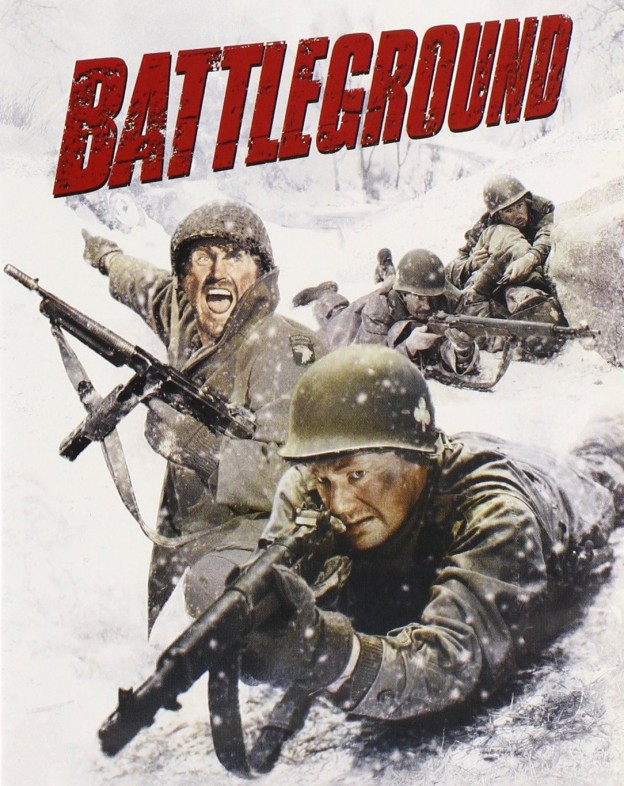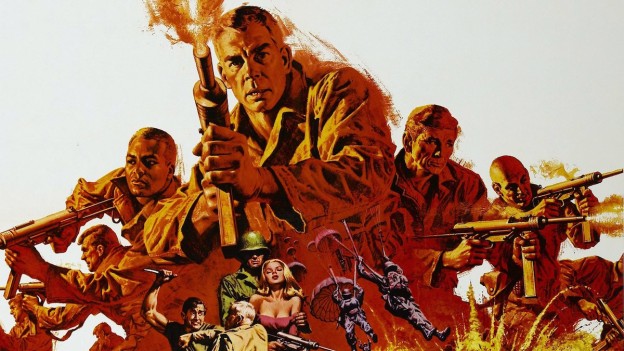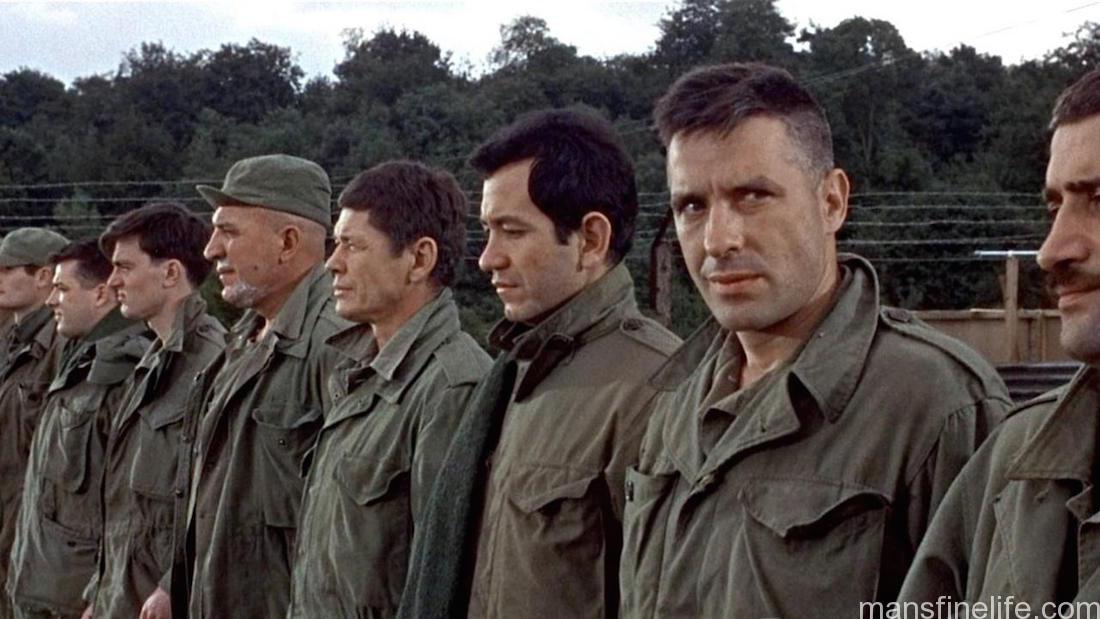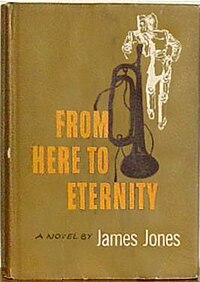It is sorely tempting to recommend Battleground as a Holiday movie because so much of the action takes place around Christmastime. But since it’s an archetypal World War II film I figured I better just include it along with the other classic movies we talk about around here. Still, there is something about watching it during the Holiday Season that makes you thankful that such brave soldiers stepped up to the grueling challenge of defeating the monstrosity that was Nazi Germany those many years ago. And while this 1949 movie is a long way from the justifiably gung ho, sentimental propaganda that was a Hollywood mainstay during the actual war years, I’d still be willing to bet that you might find yourself tearing up at points thinking about what these young men had to go through in order to prevail against such steep odds. Such is the excellence and impact of the terrifically well made Battleground even to this day.
The film recounts the famous predicament of a very banged up and replacement-heavy Army VIII Corps, including the 101st Airborne division, when they were cut off and encircled deep in the Ardennes Forest by the Third Reich’s last desperate offensive push, which became known as the Battle of the Bulge. Familiar to anyone who has watched the excellent HBO miniseries Band of Brothers, this was actually a cock up by the Allied Forces by somewhat letting down their guard after the initial hard-fought success of D-Day and the semi-setback of Market Garden. The massive and perfectly orchestrated German attack on overly stretched lines took the Americans and the Allies completely by surprise and it was only after very hurried reinforcement, enduring heavy casualties and the clearing of some of the worst winter weather in years that the combination of Patton’s 3rd Army coming up from the south and US air power could be successfully deployed to bring relief to the soldiers trapped in the Ardennes. In all, the Battle of the Bulge lasted from December 14, 1944 to January 25, 1945 but the key breakthrough by Patton’s forward relief force arrived the day after Christmas, the true beginning of the end of the battle. A largely German-American affair, each side suffered massive casualties but ultimately it was the outnumbered Americans who thwarted the surprise German advance, eventually breaking the back of the enemy incursion and essentially dooming the potential for the Third Reich to sue for peace on any terms other than complete surrender.
The excellent ensemble cast features the great character actor James Whitmore as the rock-like Platoon Sargent Kinnie, Van Johnson (usually a song & dance man) as the very funny and reluctantly heroic scrounger PFC Holley and a young and very good Ricardo Montalban as Los Angelino “Johnny” Roderigues, among other quality performances. Continue reading





